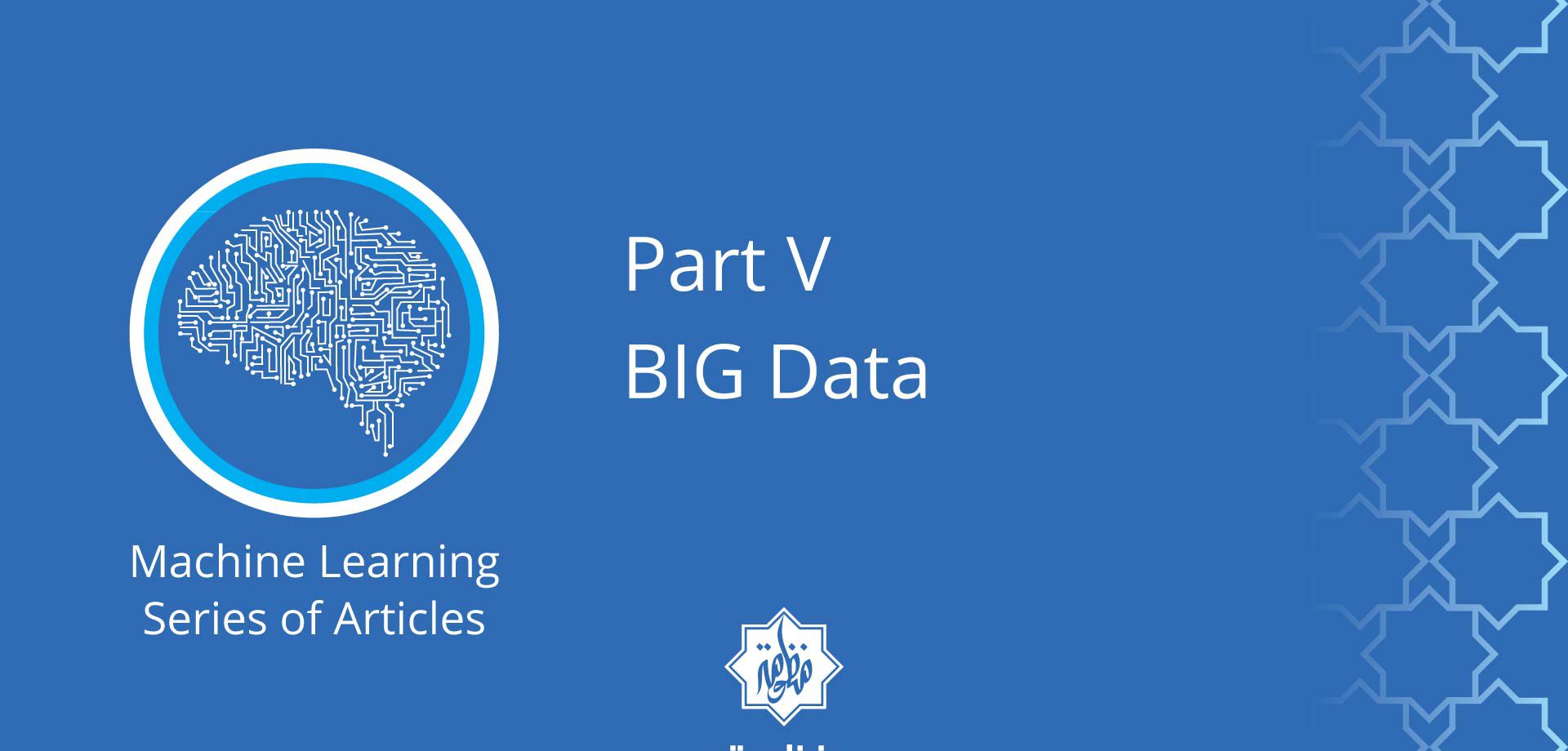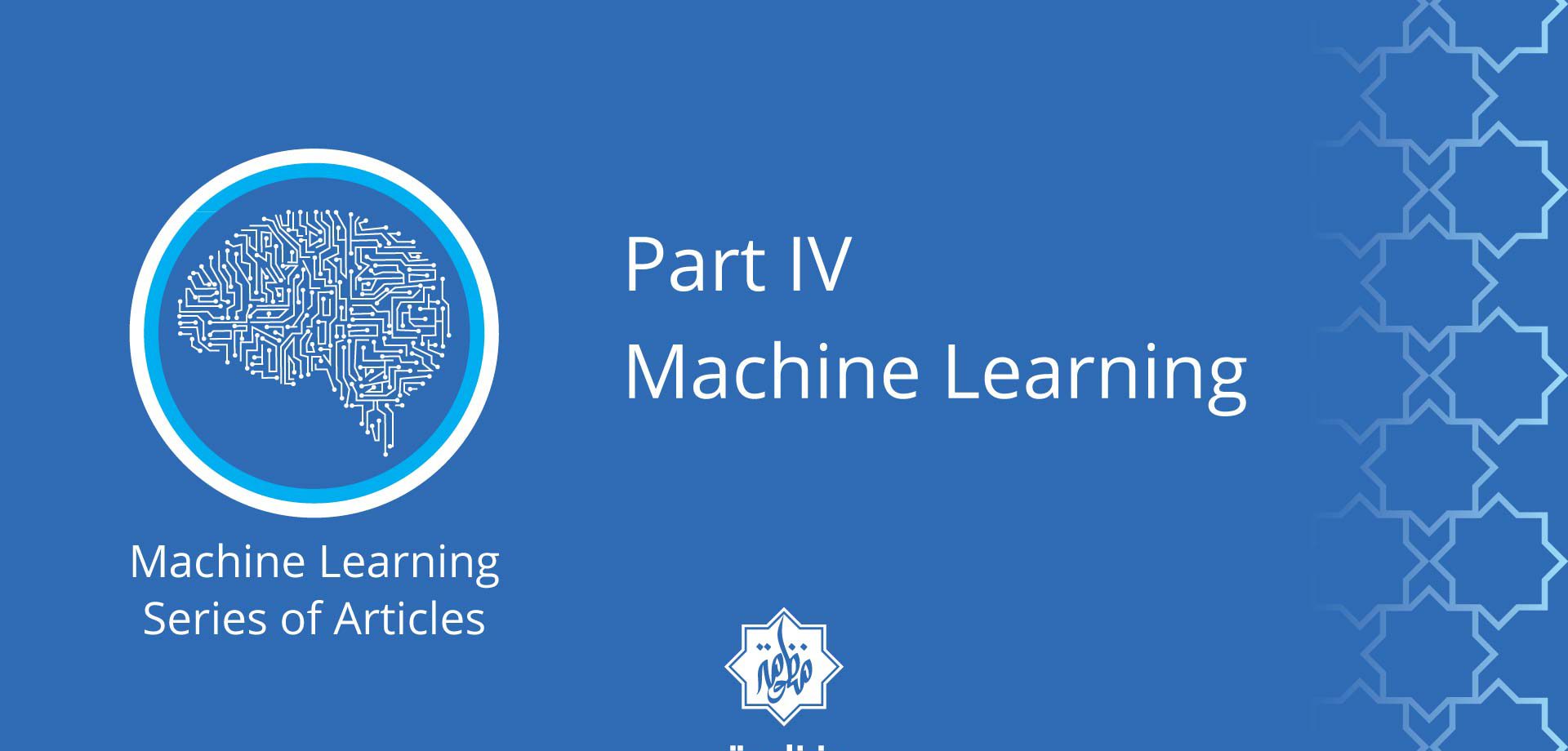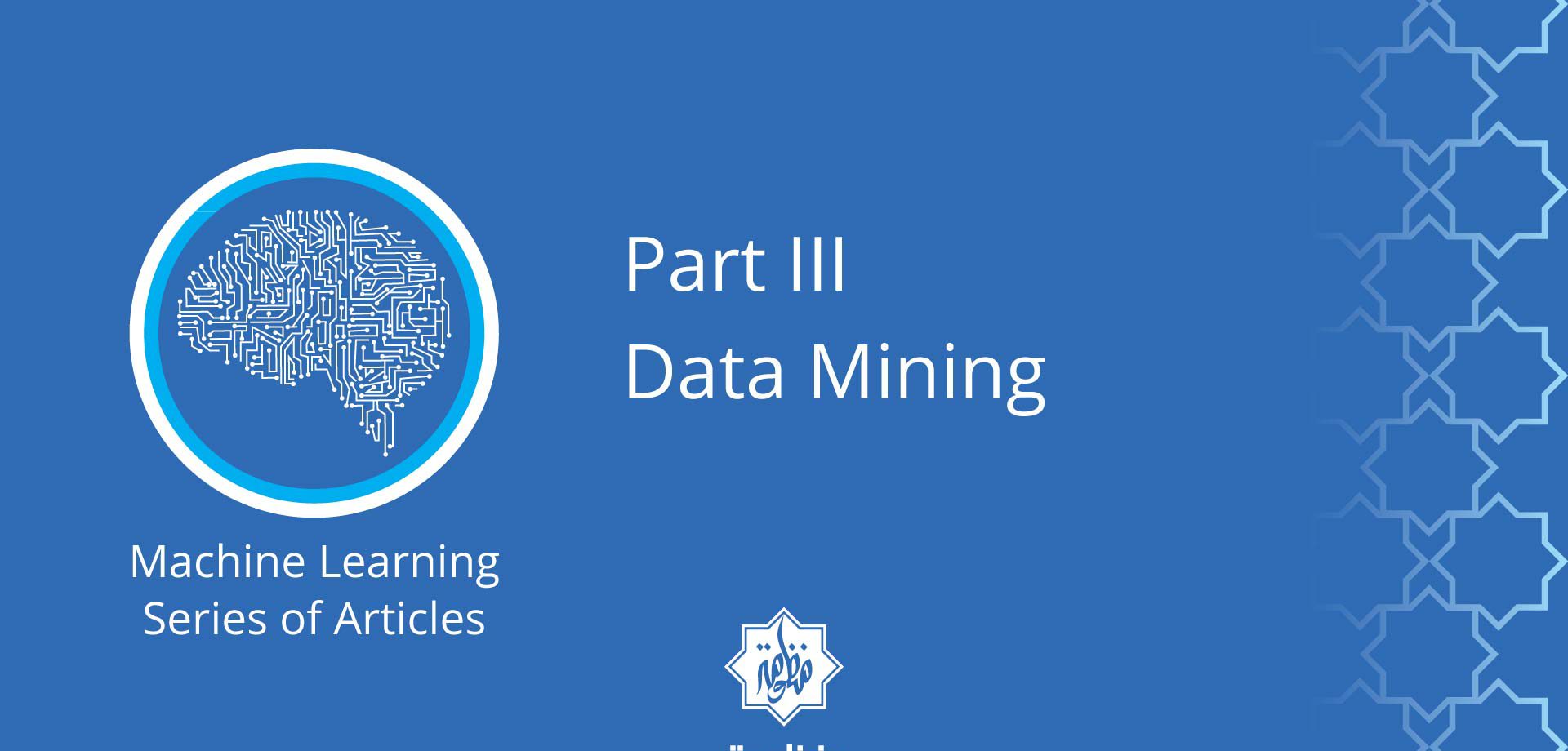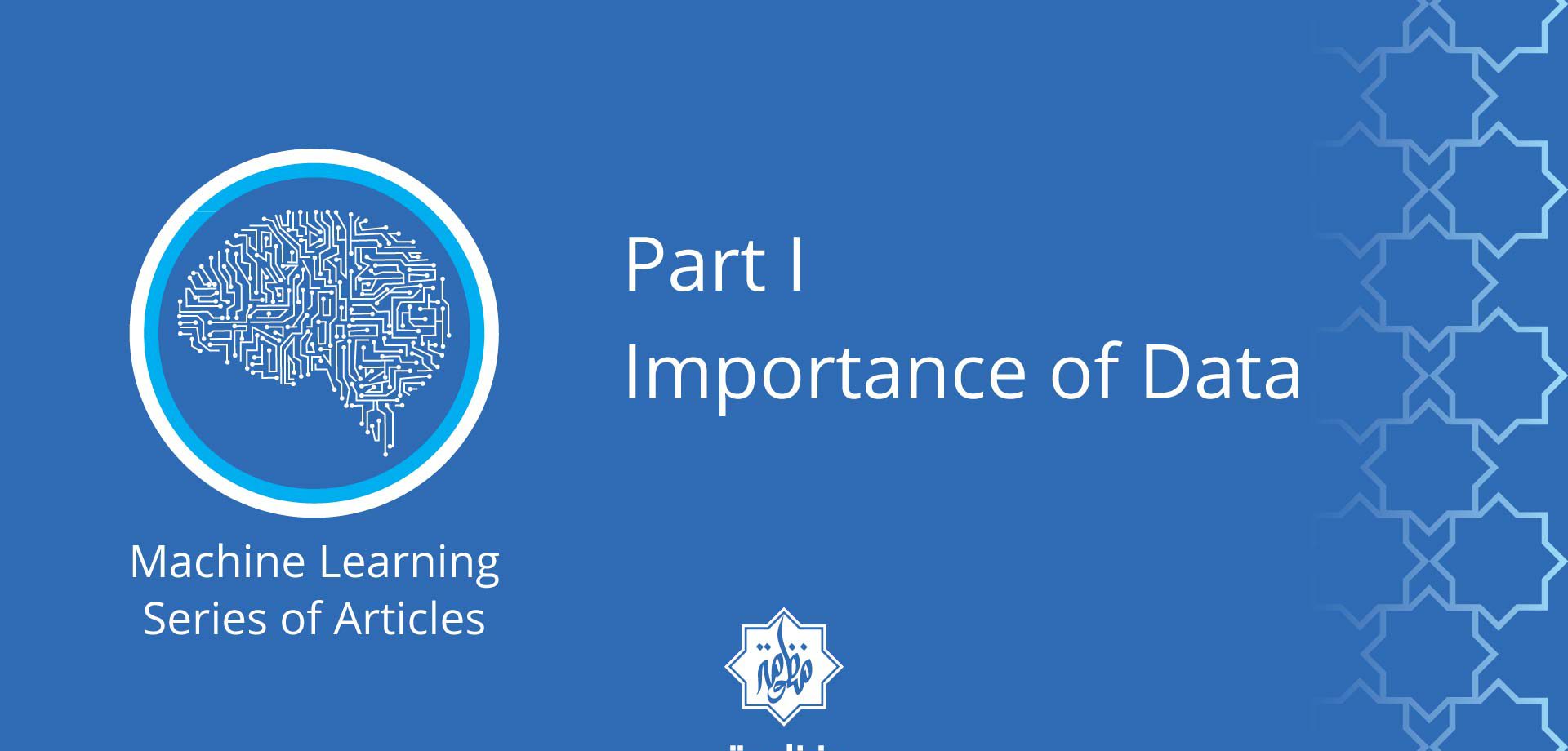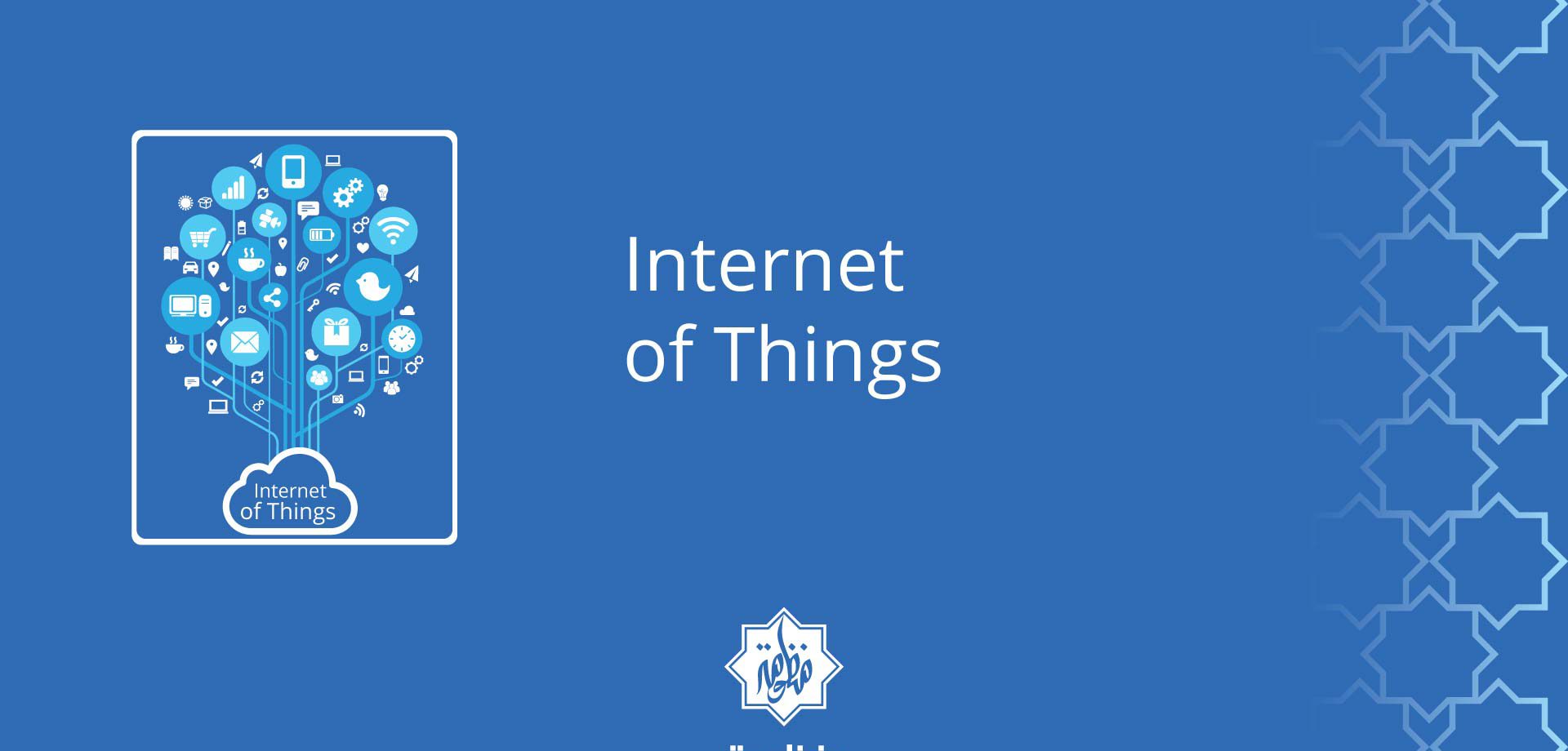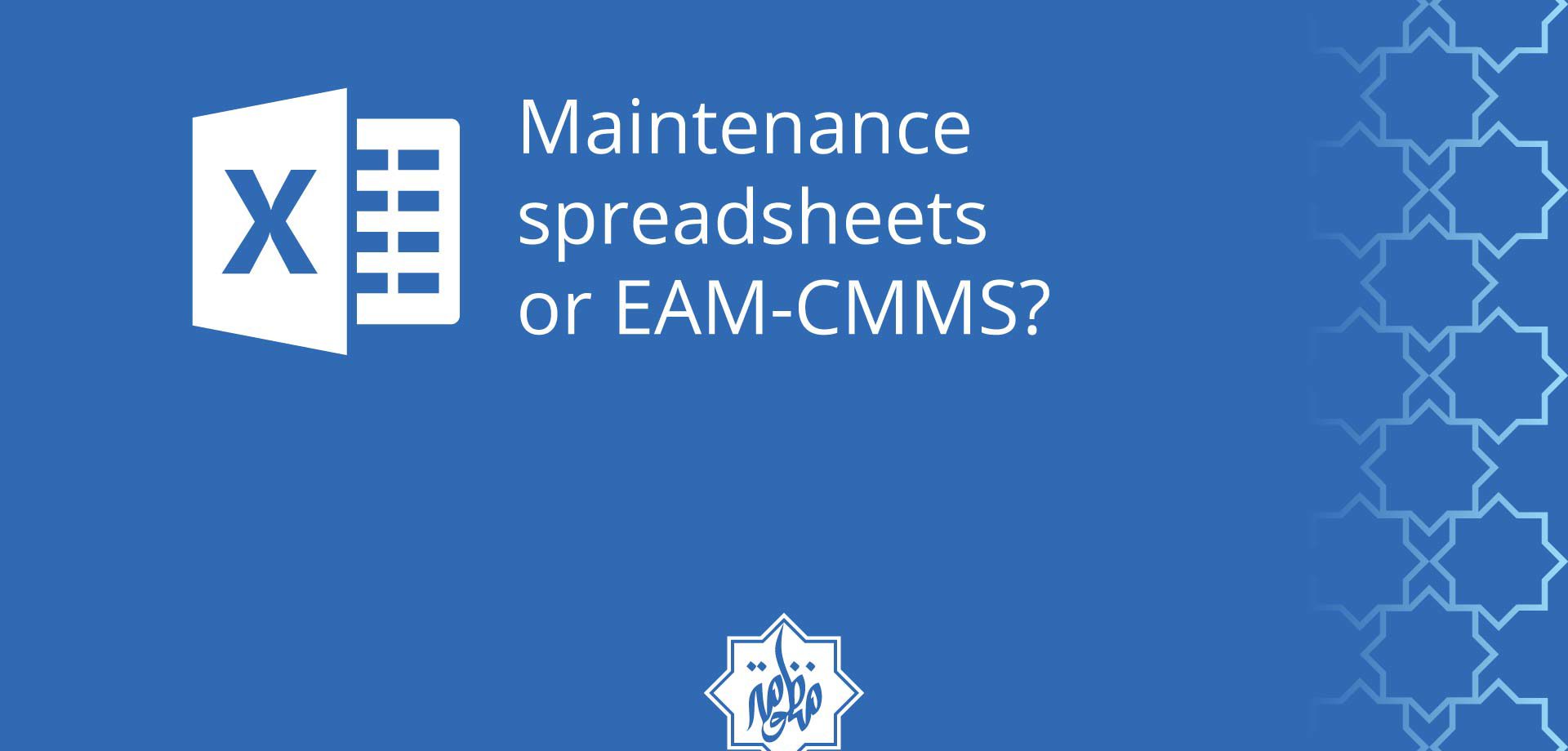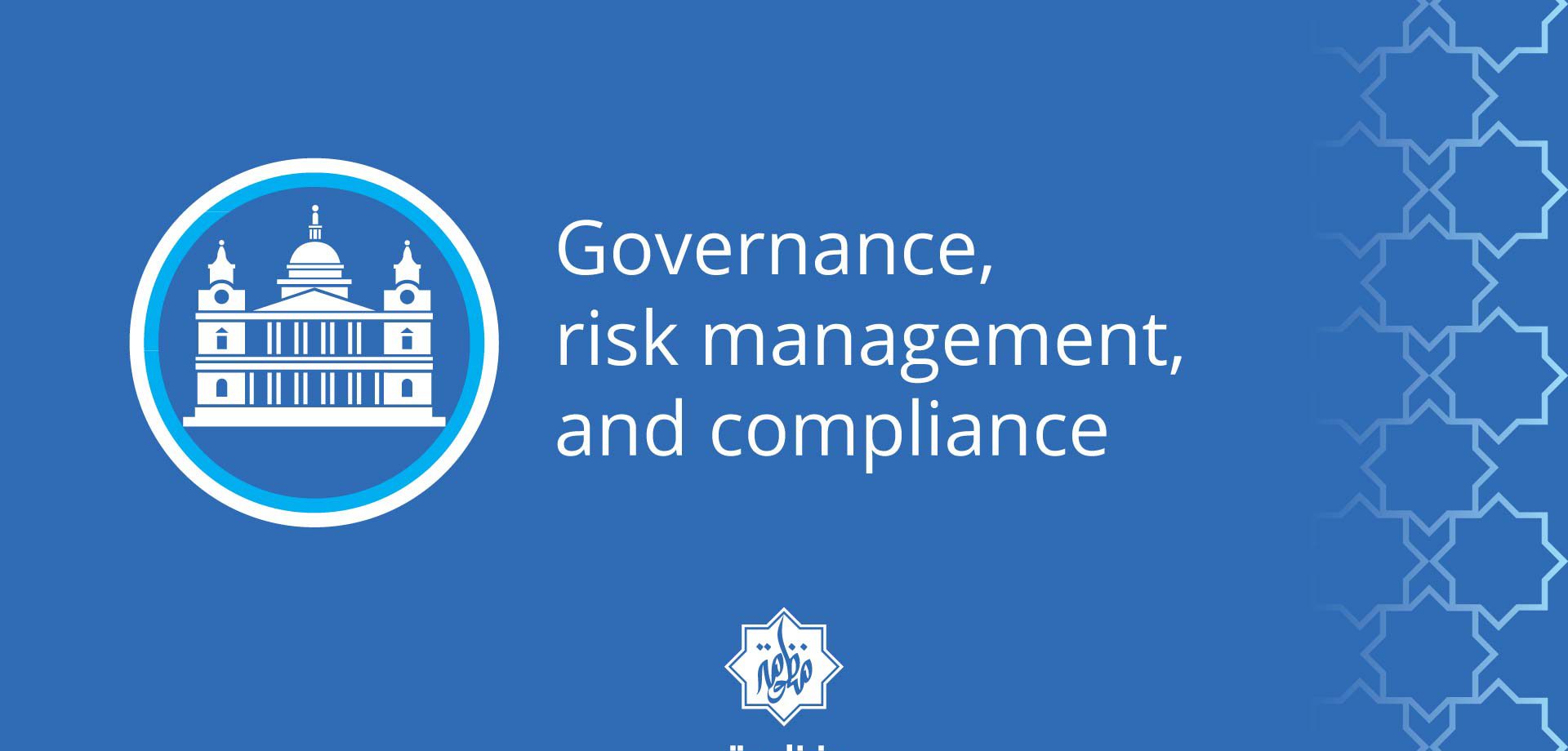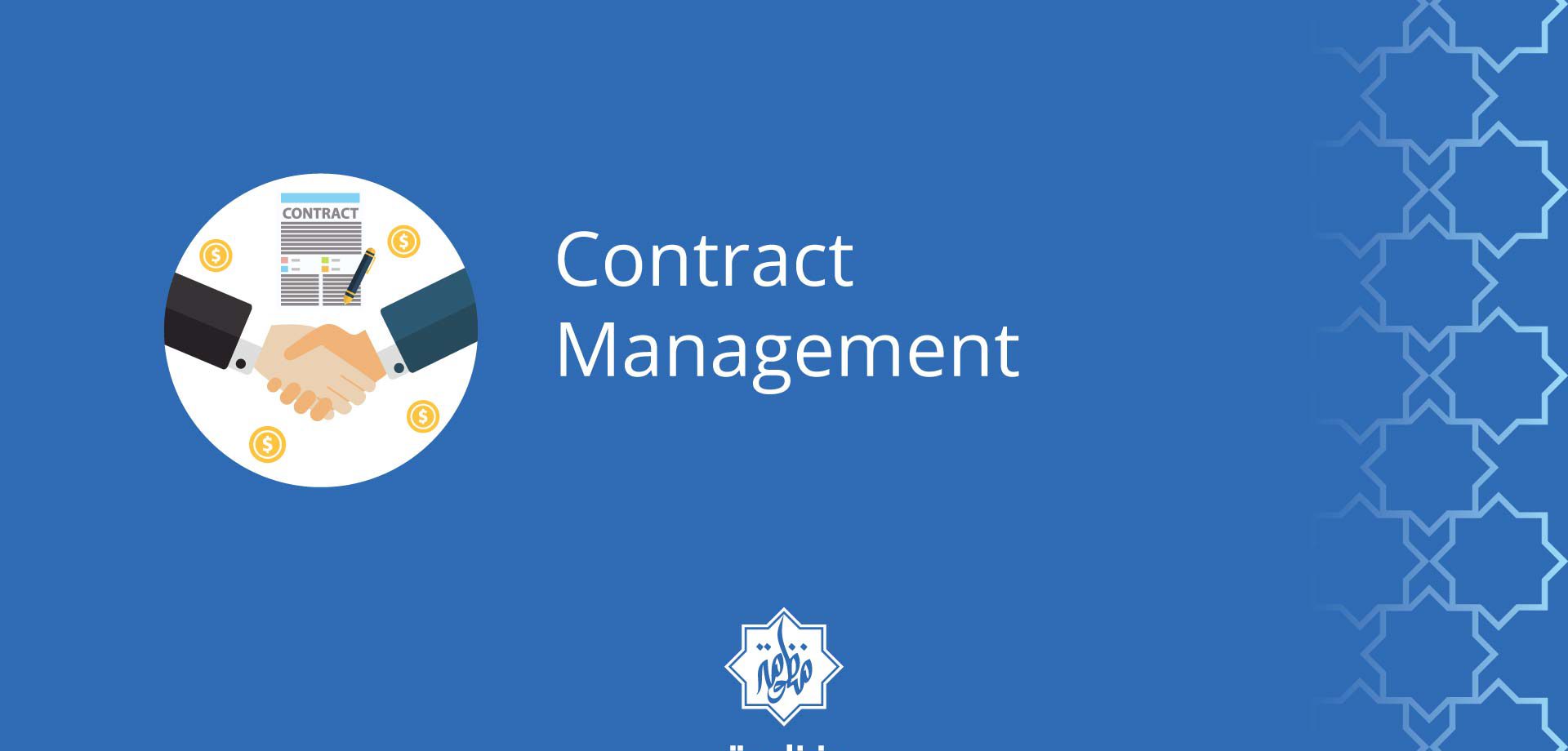| Big data describes datasets that are so large, complex, or rapidly changing that they push the very limits of our analytical capability. It’s a subjective term: What seems “big” today may seem modest in a few years when our analytic capacity has improved. While big data can be about anything, the most important kinds of Read More |
| Now we have a good understanding of our own data. We now know the patterns and the relations in our data. But can we use this patterns and relations to make a good predication to the future? Machine learning is about making predictions. Machine learning gives computers the ability to learn without being explicitly programmed Read More |
| Now we have the data and its statistics. Statistics can’t give us meaningful patterns by itself but Data mining can. Data mining is the computing process of discovering patterns in large data sets. It’s a process used to extract usable data from a larger set of any raw data. In other word it’s a knowledge Read More |
| According to Wikipedia, Statistics is a branch of mathematics dealing with the collection, analysis, interpretation, presentation, and organization of data. In other word, if we have large amount of data we can apply statistics for quantifying the data. Whether customer relationships data or assets maintenance information or supplier and service level agreements data, using a Read More |
| Transactional data is incredibly important for businesses because it helps them to expose variability and optimize their operations. By examining large amounts of data, it is possible to uncover hidden patterns and correlations. These patterns can create competitive advantages, and result in business benefits like more effective marketing and increased revenue. What we can do Read More |
| The internet of things (IoT) is a computing concept that describes the idea of everyday physical objects being connected to the internet and being able to identify themselves to other devices. The term is closely identified with RFID as the method of communication, although it also may include other sensor technologies, wireless technologies or QR Read More |
| Companies who recognize the value of a cost-effective approach to maintenance usually start with a maintenance strategy that involves inputting maintenance management data into a homemade maintenance spreadsheet. A maintenance spreadsheet lets you log work orders, document upcoming maintenance cycles and use filters to manipulate the data and produce nice lists of work completed, however, Read More |
| Governance, risk management, and compliance or GRC is the umbrella term covering an organization’s approach across these three areas: Governance, risk management, and compliance. The GRC operations of major companies and institutions are monitored by high-tech computerized systems. Governance Describes the overall management approach through which senior executives direct and control the entire organization, using Read More |
| Contract management or contract administration is the management of contracts made with customers, vendors, partners, or employees. The personnel involved in contract administration required to negotiate, support and manage effective contracts are often expensive to train and retain. Contract management includes negotiating the terms and conditions in contracts and ensuring compliance with the terms and Read More |
| Asset tracking refers to the method of tracking physical assets, either by scanning barcode labels attached to the assets or by using tags using GPS, BLE or RFID which broadcast their location. These technologies can also be used for indoor tracking of persons wearing a tag. Asset Tracking is the process of capturing vital information Read More |







